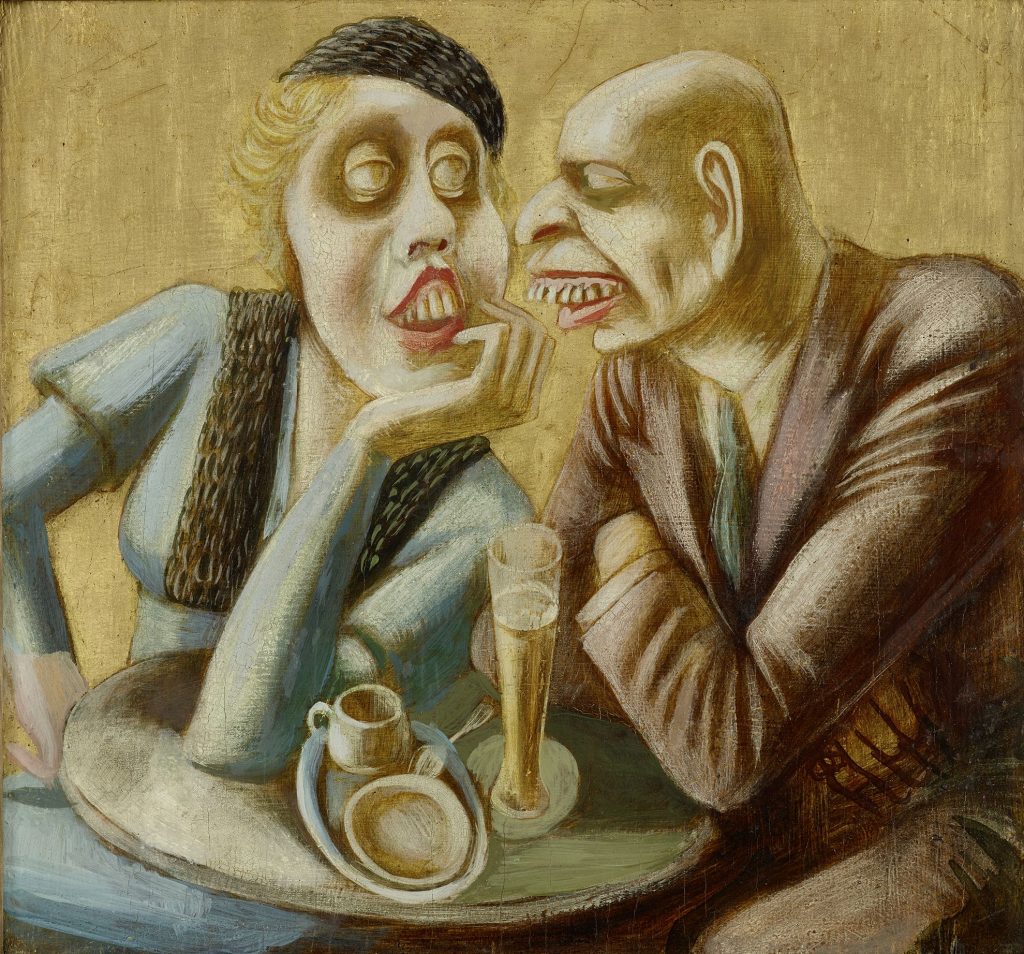New Objectivity
Art in the Weimar Republic
The art movement New Objectivity was of comparatively short duration, but its impact is immense. It was created from 1918 onwards, and after the devastating effects of the First World War, a profound disillusionment became apparent in Germany, and blatant tensions shaped the country. This reality is reflected in an art whose artists felt obliged to the sober and clearly constructed representation of the figure and the object. The Dr. Alfred Gunzenhauser Collection and the Kunstsammlungen Chemnitz hold numerous outstanding works from this epoch. Theme rooms encourage reflection on the political conflicts of the Weimar Republic. Alongside works by important protagonists such as Otto Dix, Karl Hubbuch, Franz Radziwill, Alexander Kanoldt, Georg Schrimpf, Gustav Wunderwald, and Conrad Felixmüller, paintings by the Chemnitz artist Martha Schrag will be on display, whose New Objectivist work has received little attention to date.
Directions

